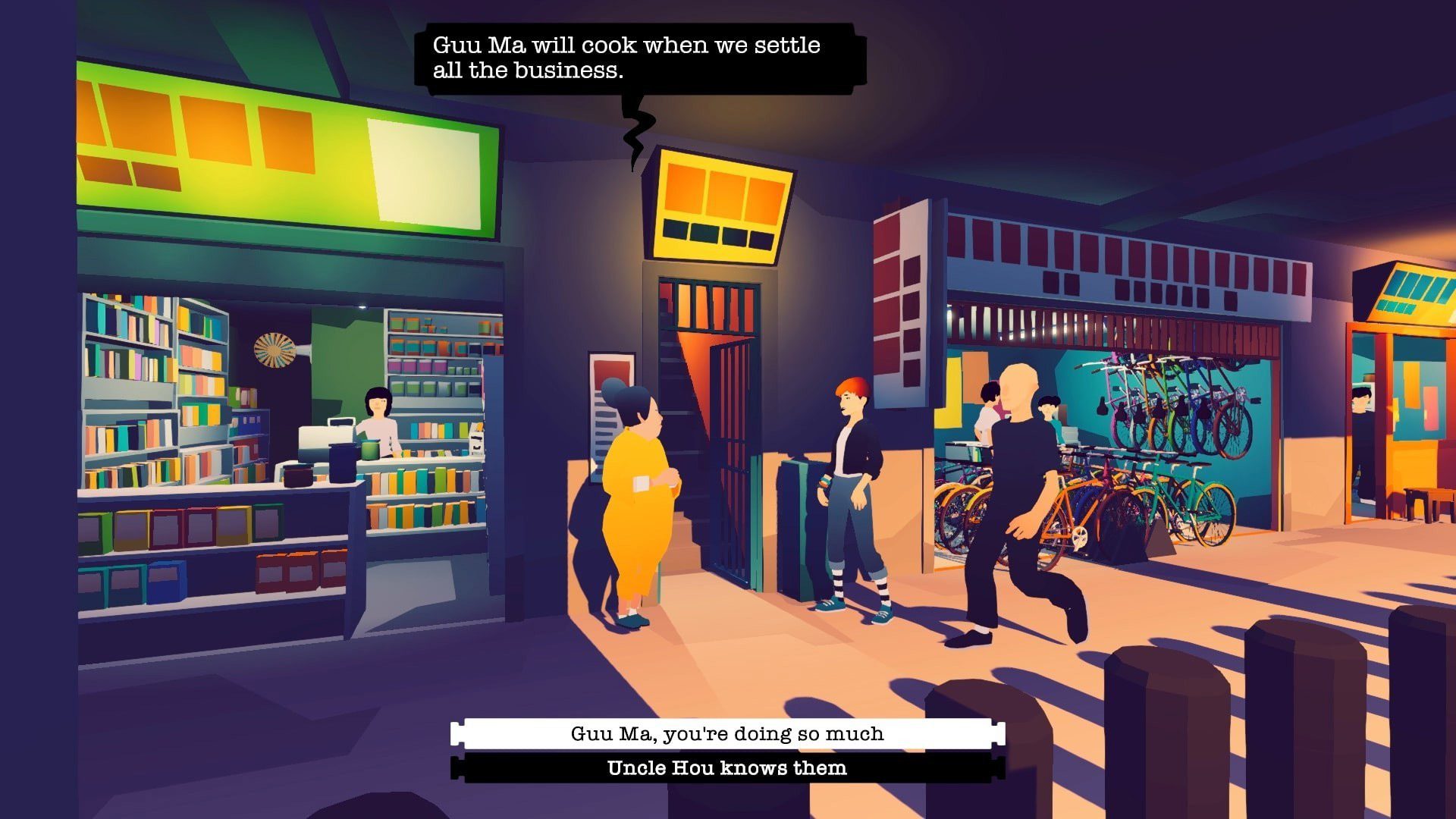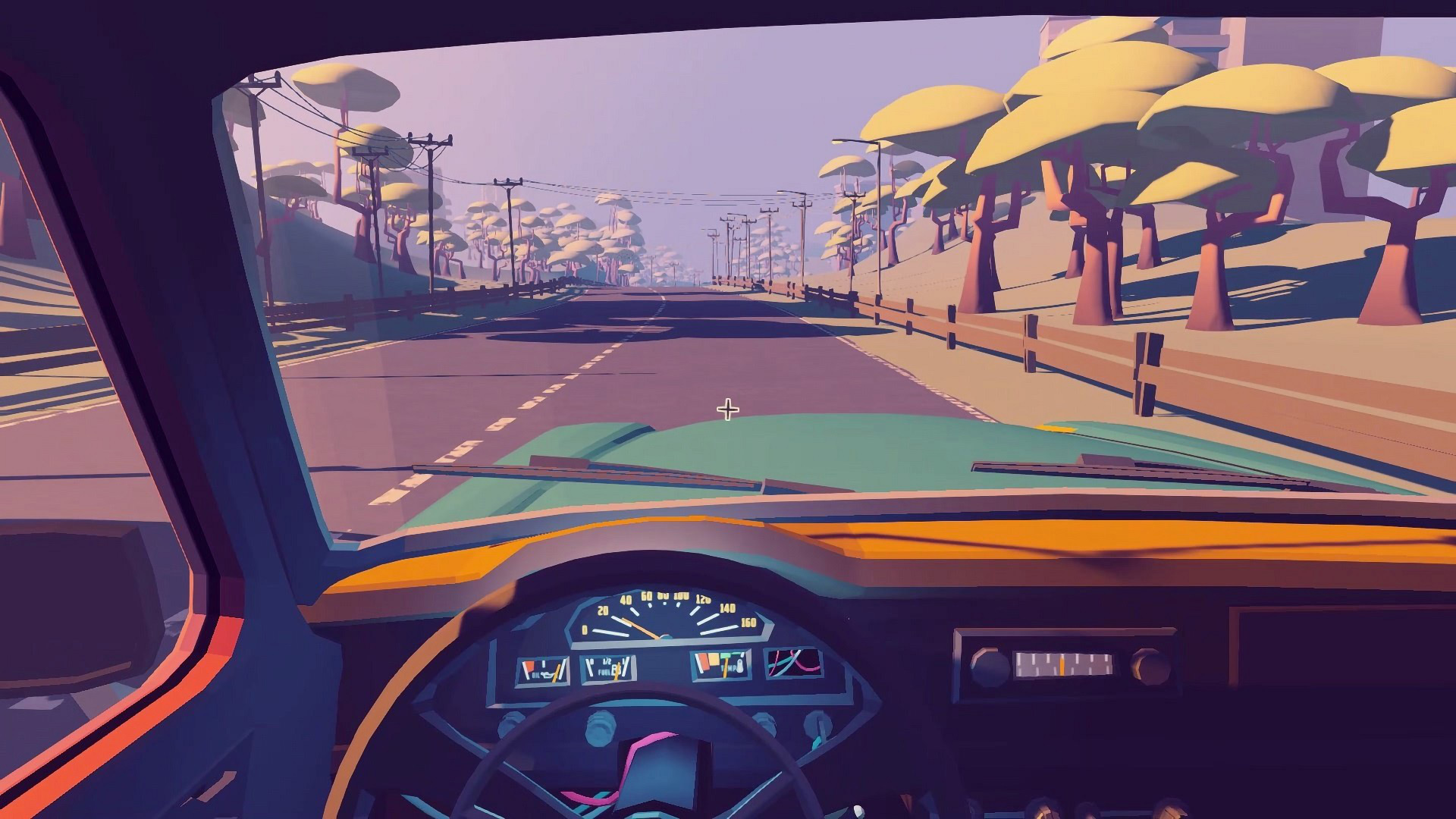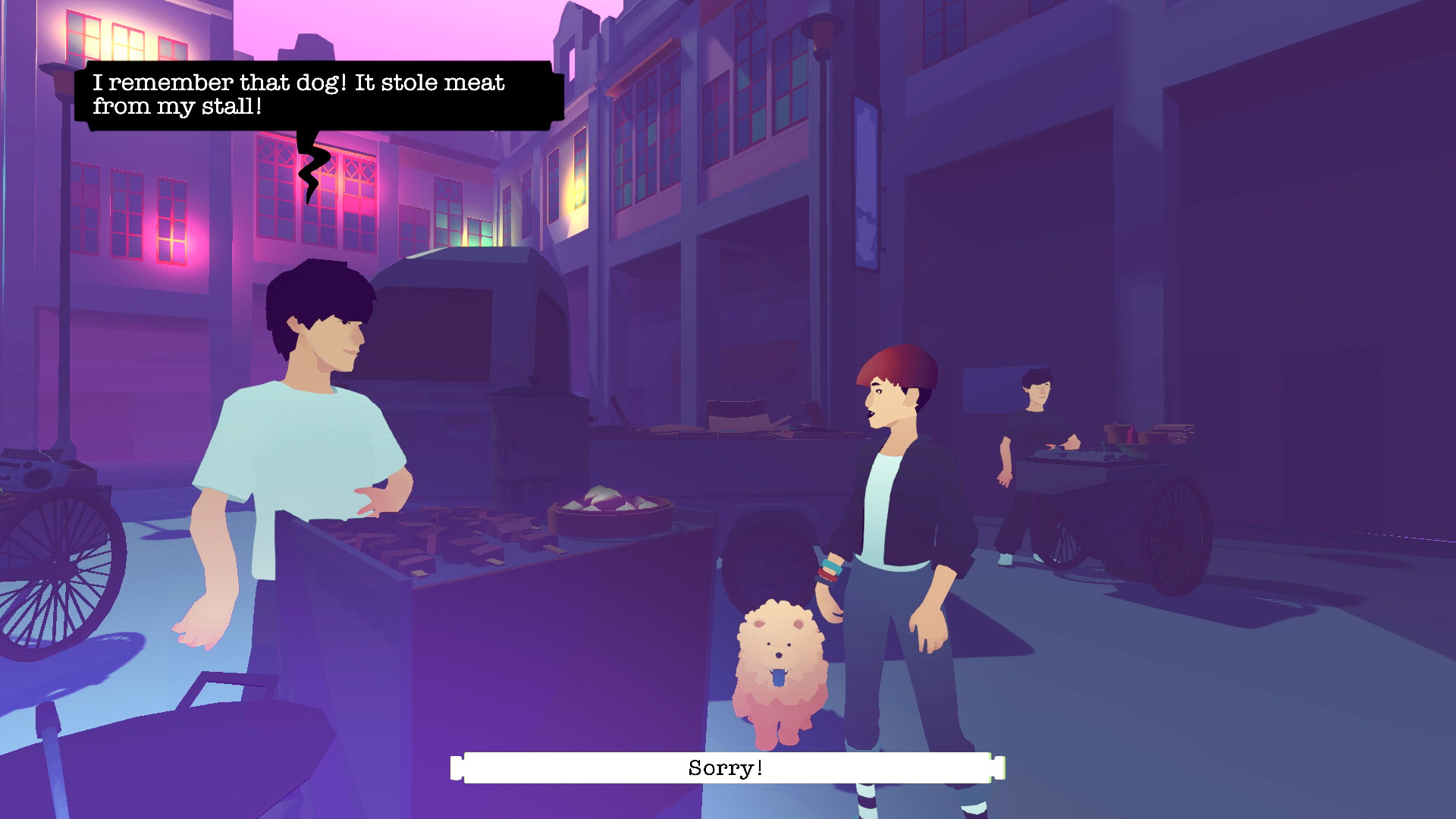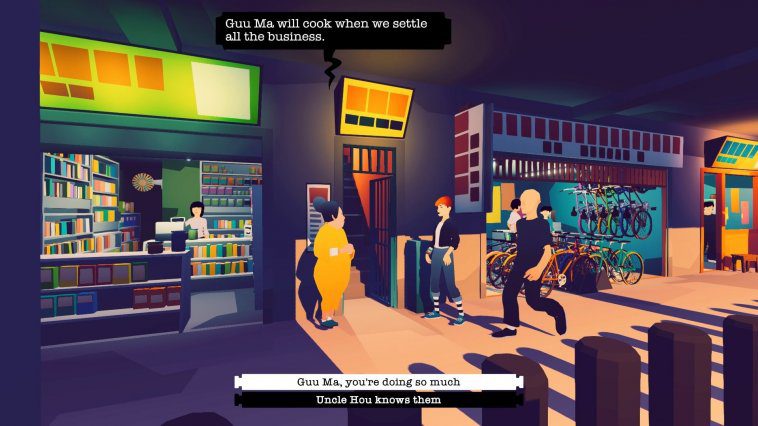Summary
- Road to Guangdong, written by acclaimed author Yen Ooi, is out now on Xbox One!
- Road to Guangdong is a narrative road trip game about family, mixing driving simulation with story puzzles.
- Yen Ooi is the author of the sci-fi novel “Sun: Queens of the Earth.”
I’ve always been passionate about learning how to write for different formats and platforms. I love storytelling that spans across multiple media and story franchises that are able to hold audiences captive through various experiences. And in my journey as a writer, I’ve learned that storytelling is about creating engaging environments, rounded characters, and well-paced plots to reveal compelling stories.
However, applying good storytelling to different media for different audiences requires different skill sets and understanding. Here are some comparisons I found while working on Road to Guangdong.
Solitary vs. Social
In book writing, a manuscript doesn’t usually get read by someone else until the first full draft is completed. And even then, it would be seen only by one or two people who are involved with the editing process.

However, game writing requires the writer to be a good team player and not be shy about presenting their work even in very draft form. At every stage of production for Road to Guangdong, I worked closely with the whole team (production, design, art and music) to ensure that the narrative design and the story writing developed in line with all aspects of the game.
Sequenced vs iterative
Book writing follows a somewhat strict sequence of actions. After a complete draft manuscript is written, it will go through the editorial process where after each edit, the writer will consider the notes and rewrite the manuscript as necessary. Edits are applied to the entire book as a whole each time, which as you can imagine, becomes quite a lengthy process.

In game production, technical developments, design, art, music and writing all need to happen more or less concurrently to keep to fairly tight production schedules. And keeping in mind the close working relationships between teams, game writing becomes an iterative process. What this means is that every bit of writing or development gets reviewed by the team to consider whether it’ll work with the game as a whole before moving on to the next parts. It’s a constant cycle of edits and changes, taking on board comments and feedback from the team, to improve the game while next bits of writing and development are being created.
Indirect vs Direct (Prose vs Dialogue)
The relationship between the writer and the audience is really interesting and this ties into the required style of writing for the formats. While writing a book, the writer has freedom and scope through writing in prose to do things that might obscure or surprise the reading process. In fact, many book genres favour making the reader work hard to figure out the story. As plain text, prose forces the writer to describe everything and a good writer can do so creatively, but because the engagement is purely with the text, there’s no need to worry about the immersive experience of the reader.

While working on Road to Guangdong, at every point of the game, we had to think about what the player might be experiencing and ensure that they understand what they have to do to advance further. Because games today are so varied and gameplay is becoming more and more intricate, when working on game design, it’s also about applying themes that might be expected in the game’s genre, while adding new ideas that would entertain the player, and still keep to what the game had set out to do in the first place. All of this happens through two types of writing; dialogue that appears in the gameplay; and notes and descriptions that are used in production and design. There is a lot of writing that the player doesn’t read but experiences, and it is this ongoing negotiation between writing while keeping the player in mind that makes the player a core and visible part of the game development process.
Writer’s choice vs Player’s choice
Which brings us to the most important difference: choice. In a book, the writer makes all the choices in the storytelling, leaving the reader to just experience the story through reading.
However, because gameplay requires that the player make choices that drive the story, the writer’s responsibility here is to ensure that players are able to make meaningful choices. And within these choices, the writer needs to maintain the integrity of the characters and keep within parameters of the plot. In Road to Guangdong, one of my key concerns while writing, was in maintaining Sunny’s character in all the choices presented.
Whether it is about the writing environment, the process, or the audience, I love exploring the differences in writing for different media. However, in every form of writing, I’m always reminded that the ultimate pleasure comes from knowing that the writing is enjoyed by the audience.
Road to Guangdong is out now on Xbox One!
Related:
Xbox and Stories: Xbox MVPs Weigh In
Getting to Know Guu Ma, Road to Guangdong’s Most Prominent Character
Seven Arguably Interesting Facts About Arcade Spirits, Out Today on Xbox One

Website: LINK


